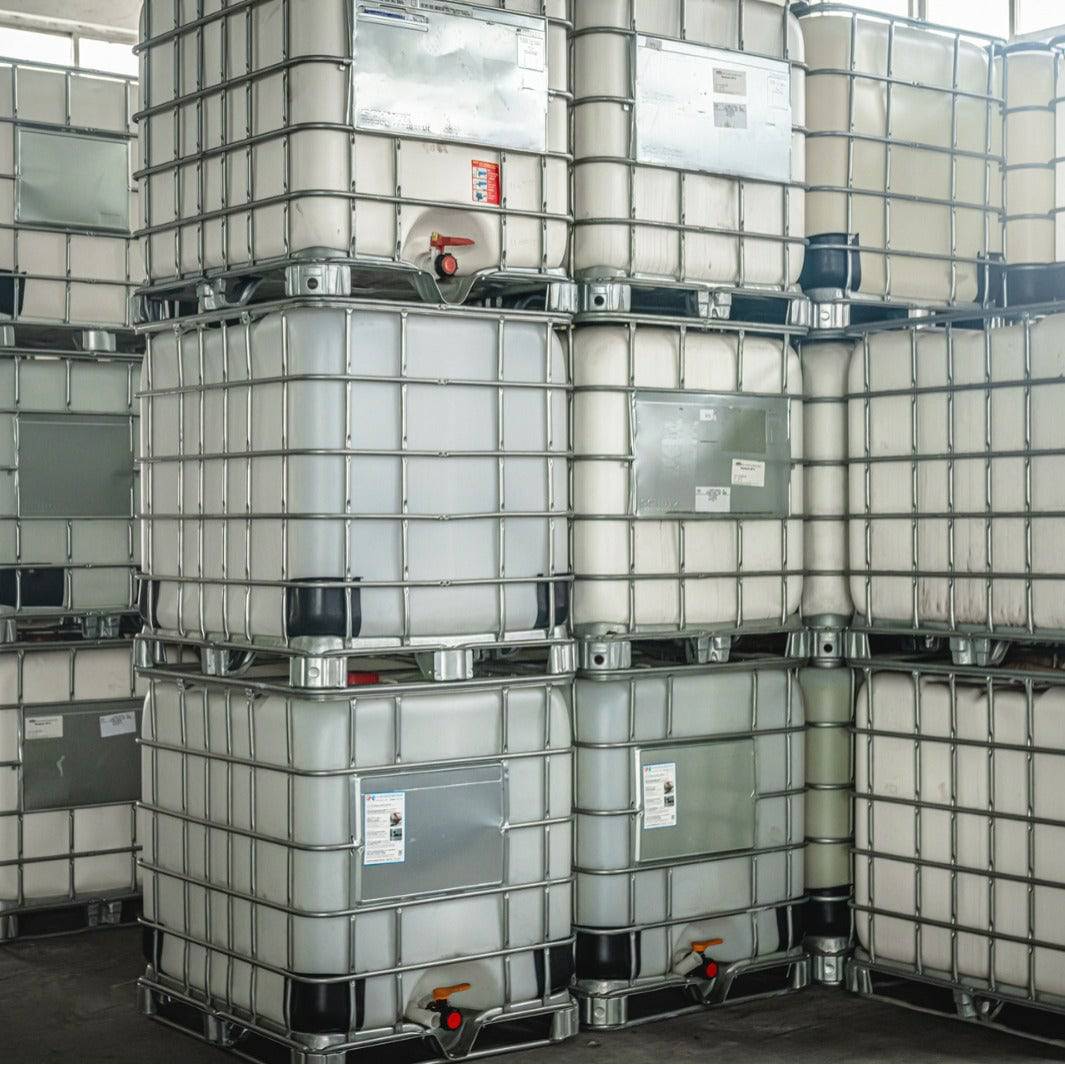The smart Trick of Chemie That Nobody is Discussing
The smart Trick of Chemie That Nobody is Discussing
Blog Article
Facts About Chemie Revealed
Table of ContentsNot known Details About Chemie Chemie Things To Know Before You BuyThe Best Strategy To Use For ChemieAn Unbiased View of ChemieWhat Does Chemie Mean?More About Chemie
By Bojanna Shantheyanda, Sreya Dutta, Kevin Coscia and David SchiemerDynalene, Inc. Fluid cooling, which can be attained utilizing indirect or direct methods, is made use of in electronics applications having thermal power thickness that may go beyond secure dissipation with air cooling. Indirect liquid cooling is where warm dissipating digital components are physically divided from the liquid coolant, whereas in case of straight cooling, the components are in direct contact with the coolant.Nonetheless, in indirect cooling applications the electrical conductivity can be essential if there are leaks and/or spillage of the fluids onto the electronics. In the indirect air conditioning applications where water based fluids with rust inhibitors are generally made use of, the electric conductivity of the liquid coolant primarily depends on the ion focus in the fluid stream.
The rise in the ion concentration in a shut loophole fluid stream might happen as a result of ion leaching from metals and nonmetal components that the coolant liquid is in contact with. Throughout procedure, the electric conductivity of the liquid might increase to a degree which can be hazardous for the cooling system.
What Does Chemie Mean?
(https://triberr.com/chemie999)They are grain like polymers that can trading ions with ions in an option that it is in call with. In today work, ion leaching tests were carried out with different metals and polymers in both ultrapure deionized (DI) water, i.e. water which is treated to the highest possible degrees of purity, and reduced electrical conductive ethylene glycol/water mix, with the measured change in conductivity reported with time.
The samples were enabled to equilibrate at area temperature level for 2 days before videotaping the first electric conductivity. In all examinations reported in this research fluid electrical conductivity was gauged to an accuracy of 1% using an Oakton CON 510/CON 6 series meter which was calibrated prior to each dimension.
What Does Chemie Mean?
from the wall surface heating coils to the center of the heater. The PTFE example containers were positioned in the heater when consistent state temperatures were reached. The test configuration was removed from the heater every 168 hours (seven days), cooled to room temperature level with the electrical conductivity of the liquid gauged.
The electric conductivity of the liquid my website sample was kept track of for an overall of 5000 hours (208 days). Schematic of the indirect shut loop cooling down experiment set up. Components utilized in the indirect shut loop cooling down experiment that are in contact with the liquid coolant.

Chemie Fundamentals Explained
The modification in fluid electric conductivity was kept track of for 136 hours. The liquid from the system was gathered and stored.

0.1 g of Dowex material was added to 100g of fluid examples that was absorbed a different container. The mix was mixed and transform in the electric conductivity at room temperature level was gauged every hour. The gauged change in the electric conductivity of the UP-H2O and EG-LC test fluids containing polymer or steel when involved for 5,000 hours at 80C is revealed Figure 3.
The Main Principles Of Chemie
Number 3. Ion leaching experiment: Measured modification in electrical conductivity of water and EG-LC coolants having either polymer or metal examples when immersed for 5,000 hours at 80C. The outcomes show that metals contributed less ions into the liquids than plastics in both UP-H2O and EG-LC based coolants. This can be as a result of a thin metal oxide layer which may work as an obstacle to ion leaching and cationic diffusion.
Liquids containing polypropylene and HDPE showed the most affordable electric conductivity modifications. This might be as a result of the brief, stiff, direct chains which are less most likely to add ions than longer branched chains with weak intermolecular pressures. Silicone additionally carried out well in both examination liquids, as polysiloxanes are normally chemically inert due to the high bond power of the silicon-oxygen bond which would avoid deterioration of the product into the fluid.
Some Known Details About Chemie
It would be expected that PVC would certainly produce comparable results to those of PTFE and HDPE based on the similar chemical structures of the materials, nevertheless there may be other impurities existing in the PVC, such as plasticizers, that may influence the electric conductivity of the fluid - high temperature thermal fluid. Furthermore, chloride teams in PVC can also seep right into the examination fluid and can create a boost in electrical conductivity
Polyurethane entirely broke down into the examination fluid by the end of 5000 hour test. Prior to and after pictures of metal and polymer examples immersed for 5,000 hours at 80C in the ion seeping experiment.
Measured change in the electrical conductivity of UP-H2O coolant as a function of time with and without resin cartridge in the shut indirect air conditioning loophole experiment. The measured adjustment in electrical conductivity of the UP-H2O for 136 hours with and without ion exchange resin in the loophole is revealed in Number 5.
Report this page